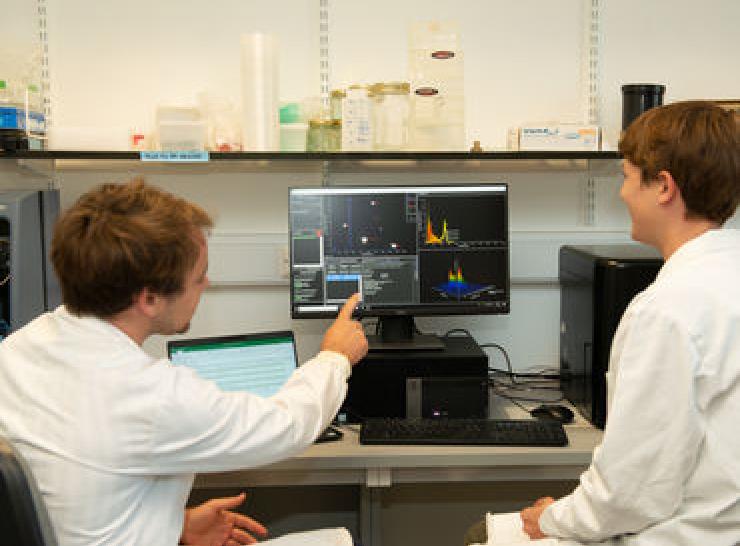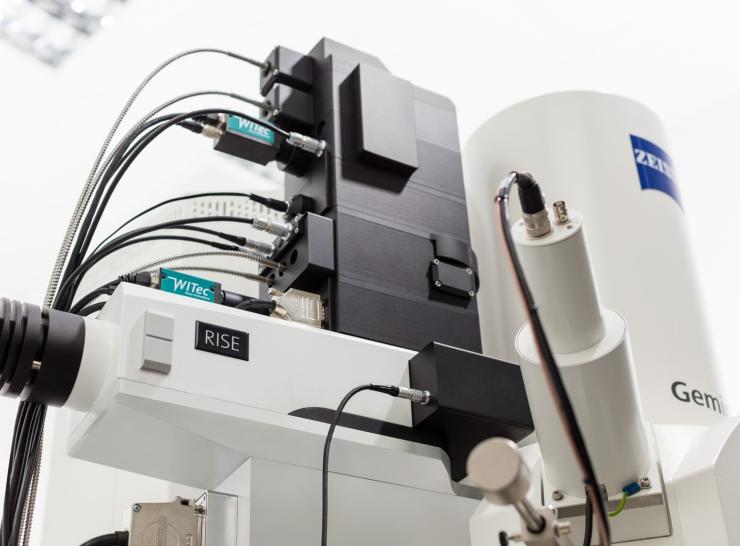When plastic products break down, tiny particles of plastic enter and accumulate in the environment. These are commonly referred to as microplastics, or macro- or nanoplastics depending on particle sizes, and their impact is largely unknown.
How many microplastics are present in a sample or material? What is their origin? What are they made of? Could they be toxic to wildlife, humans or impact whole environments?
UKCEH’s microplastic laboratory services can provide answers to these questions and more. Through sample analysis, our scientists can confirm the concentration, type, shape, size of microplastics found in soil, slurry and inland or treated waters. We are actively exploring new methods to quantify and identify microplastics in samples and environments of increasing complexity and in the laboratory, our ecotoxicologists can also explore the toxic impacts of this microscopic plastic pollutant.
This research helps governments, consumers and industry to tackle the growing pollution, exposure risk and harm caused by microplastic particles in the environment - in our soils, freshwaters, oceans and food chains.
Contact us for further details and to explore opportunities to collaborate.


